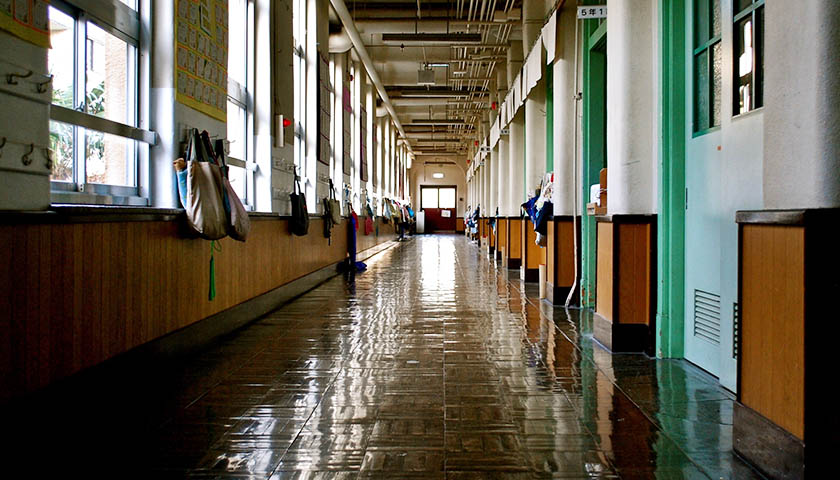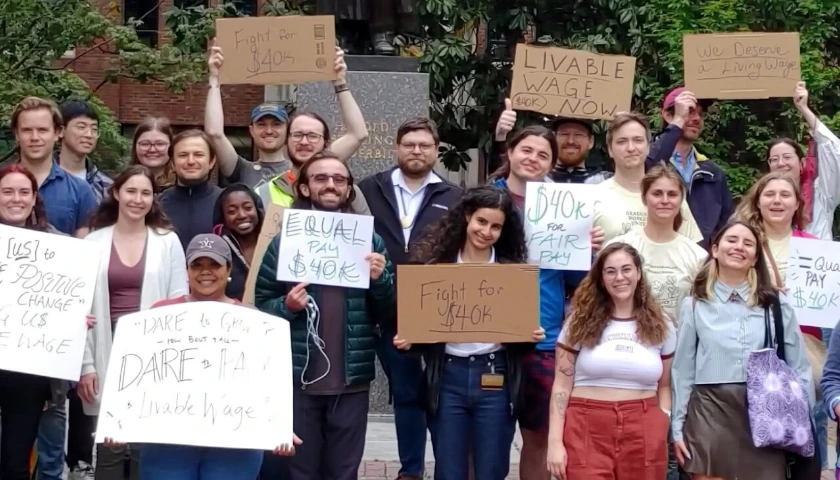by Evan Stambaugh
Minnesota school districts belonging to the Association of Metropolitan School Districts (AMSD), a lobbying organization, are facing a collective budget shortfall of $235.3 million for the upcoming 2022-23 school year.
That figure comes from the results of an AMSD survey taken by 45 school districts across the state.
For example, Minneapolis and Saint Paul Public Schools are facing respective shortfalls of $59.5 million and $42.8 million — approximately 43% of the combined shortfall. Only eight school districts that took the survey reported no projected shortfalls.
The AMSD survey data does not account for “one-time federal funds” and assumes no increase in state or federal funding for public schools.
The budget shortfalls may be linked to a continued decline in public school enrollment. Across all Minnesota public school districts since 2019, more than 23,000 students have been taken out of public school and enrolled in private schools, charter schools, or homeschool. Much of this trend has been driven by elementary school students, according to Minnesota Department of Education data.
In a report on the survey results, however, AMSD attributed much of the shortfall to “chronic underfunding of the special education and English learner programs and the failure of the general education formula to keep pace with inflation over the last two decades.” The report does not mention declining public school enrollment.
“Special education is under-funded by $780 million in the current fiscal year. That means that, on average, Minnesota school districts are diverting $824 per pupil from their general fund to cover the shortfall,” the report says. “Similarly, the English learner program is under-funded by more than $146 million in the current school year. Here again, school districts are covering this funding gap with funds meant for general classroom instruction.”
“As school districts are forced to use general fund revenue to cover the shortfalls in the important special education and English learner programs, the general education formula has fallen significantly behind inflation since 2003. In fact, the formula would be $798 per pupil higher if it had simply kept pace with inflation over that time span,” the report adds.
AMSD also called on Minnesota Gov. Tim Walz and the Minnesota Legislature to adequately fund the special education and English learner programs, remedy the inflationary disconnect, and make use of the state’s $9.25 billion budget surplus.
– – –
Evan Stambaugh is a freelance writer who had previously been a sports blogger. He has a BA in theology and an MA in philosophy.






Lordy Yes, teaching all those ILLEGAL Immigrants English is Expensive. And teaching those white kids to feel guilty and the black kids to feel suppressed costs money. I mean those CRT teachers and advisors can’t work for standard teacher pay. They are entitled to so much more than regular ordinary teachers. And those union fees. Buying politicians cost the unions a fortune, so they have to collect more from the teachers. So there is less left to spend on actually teaching the kids anything useful but all we want is their obedience and their votes . But we really don’t want them growing up and knowing how to think for themselves. We can’t keep them under our control and doing as we command them if they can actually reason and think for themselves.